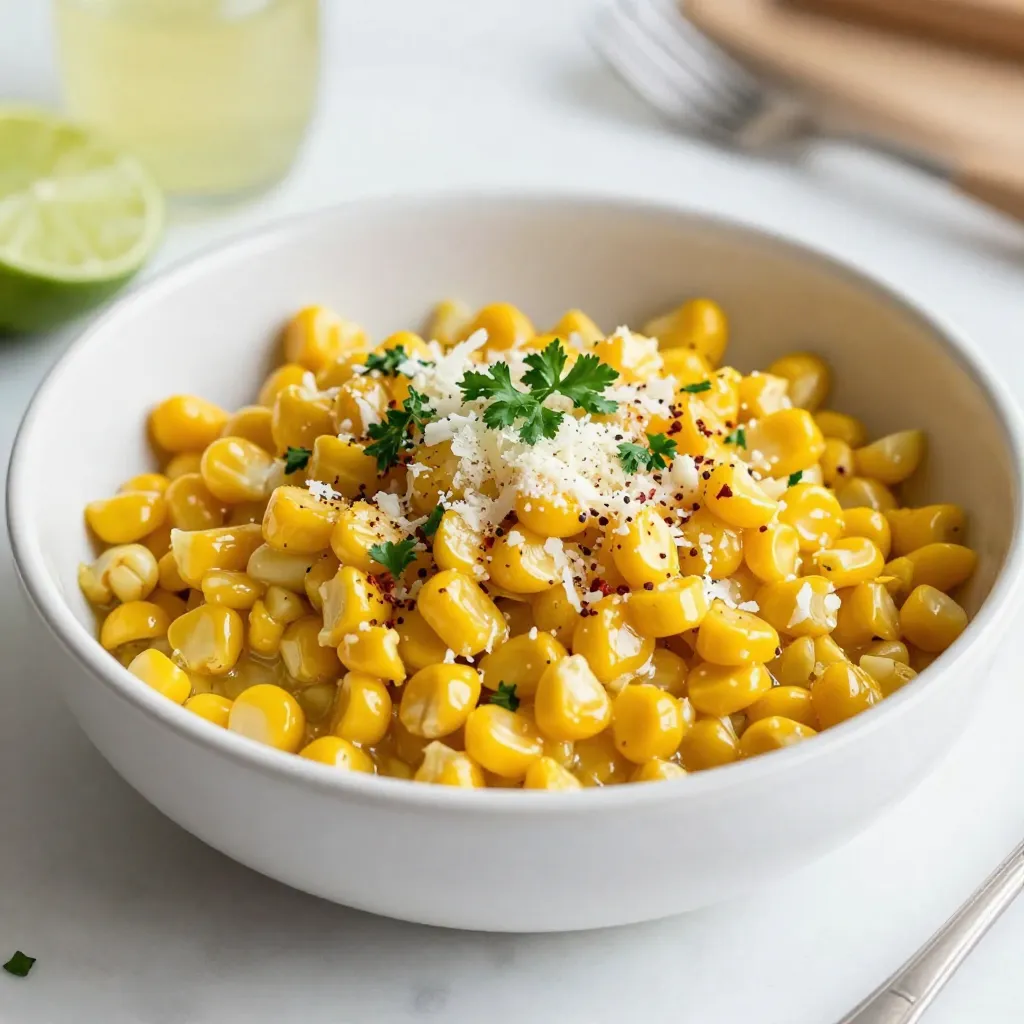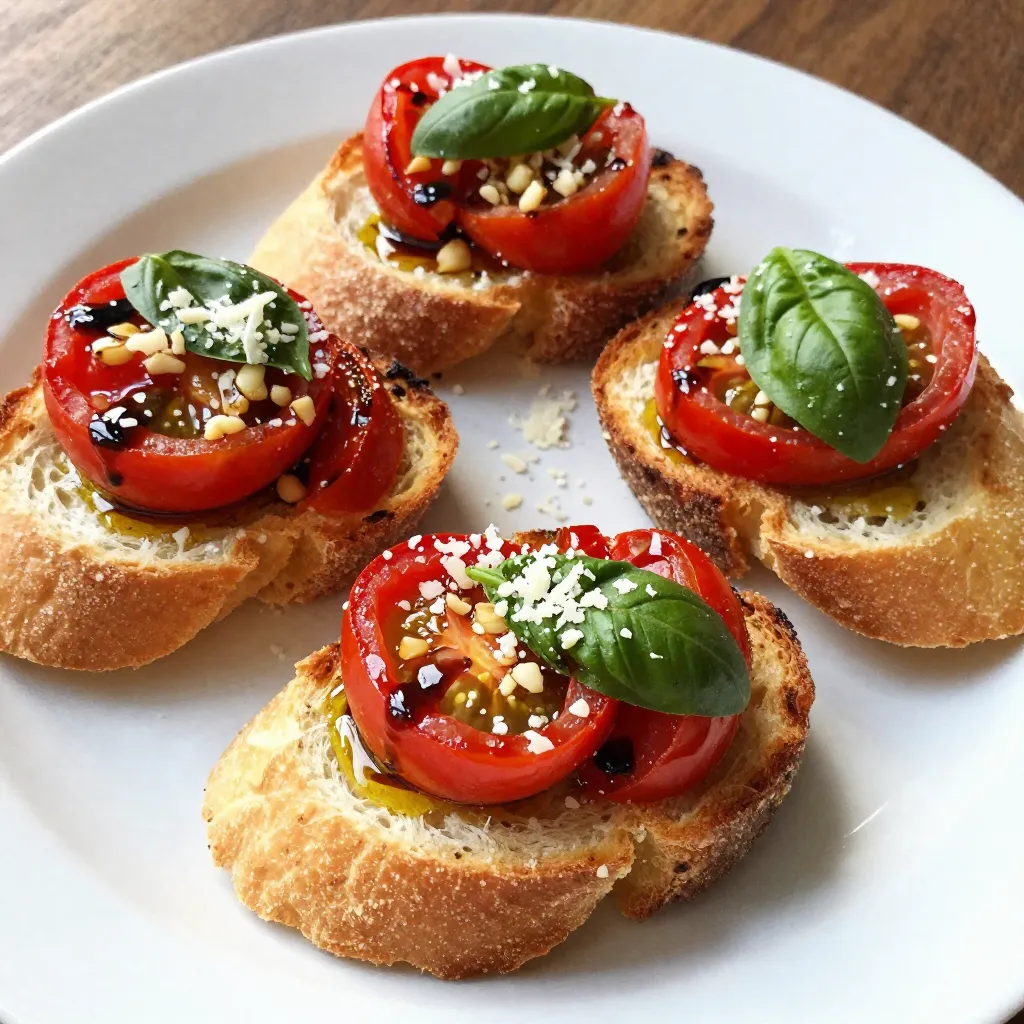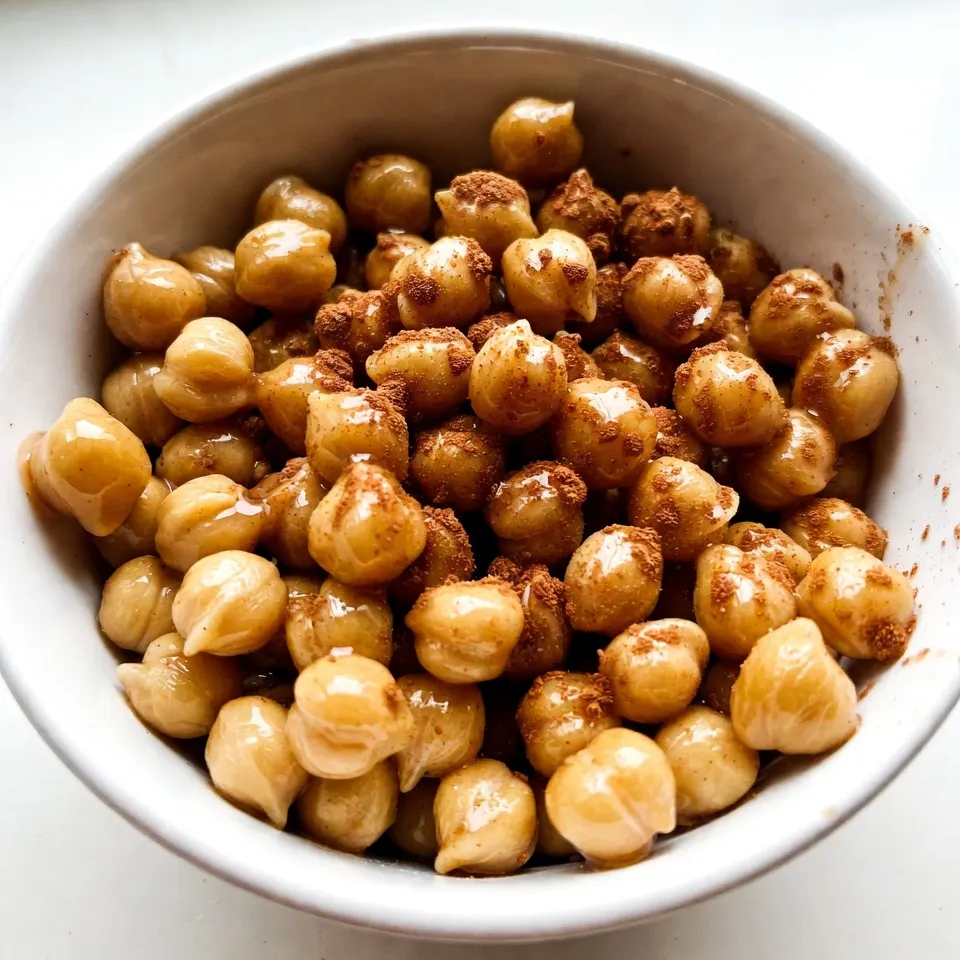Looking for a tasty, healthy meal idea? Let’s dive into the world of hummus and veggie platters! This simple dish is not only easy to prepare but also packed with nutrition. You’ll learn how to make creamy homemade hummus, choose the best veggie pairings, and serve alluringly. Plus, I’ll share tips to avoid common mistakes and ways to keep your platter fresh. Let’s get started on this nourishing journey together!
Why I Love This Recipe
- Healthy and Nutritious: This hummus and veggie platter is packed with protein, fiber, and vitamins, making it a wholesome choice for snacking.
- Quick and Easy: With a prep time of only 15 minutes, this recipe is perfect for busy days or spontaneous gatherings.
- Customizable: Feel free to switch up the veggies or add different spices to the hummus, allowing you to tailor it to your taste preferences.
- Visually Appealing: The vibrant colors of the fresh veggies alongside the creamy hummus create an eye-catching presentation that is sure to impress.
Ingredients
Complete list of ingredients for hummus
To make a tasty hummus, gather these ingredients:
– 1 can (15 oz) chickpeas, rinsed and drained
– 1/4 cup tahini
– 2 tablespoons extra-virgin olive oil
– 2 tablespoons lemon juice
– 1 garlic clove, minced
– 1/2 teaspoon ground cumin
– Salt, to taste
– 1/4 cup water (adjust for desired consistency)
These simple items create a creamy and rich hummus.
Recommended vegetable pairings for the platter
For a great veggie platter, I suggest these colorful choices:
– 1 bell pepper (red, yellow, or orange), sliced
– 1 cucumber, sliced into rounds
– 1 carrot, cut into sticks
– 1 cup cherry tomatoes, halved
– 1 cup radishes, halved
These veggies bring crunch and color to your meal.
Nutritional benefits of the ingredients
Hummus is not just tasty; it is also good for you. Here are some benefits:
– Chickpeas provide protein and fiber, which keep you full.
– Tahini is made from sesame seeds and adds healthy fats.
– Olive oil is a heart-healthy fat that boosts flavor.
– Lemon juice adds vitamin C, which helps your immune system.
– Garlic has health benefits, like helping to lower blood pressure.
The veggies add vitamins, minerals, and water, making this platter a nutritious choice. Enjoy this vibrant hummus and rainbow veggie platter for a nourishing meal.
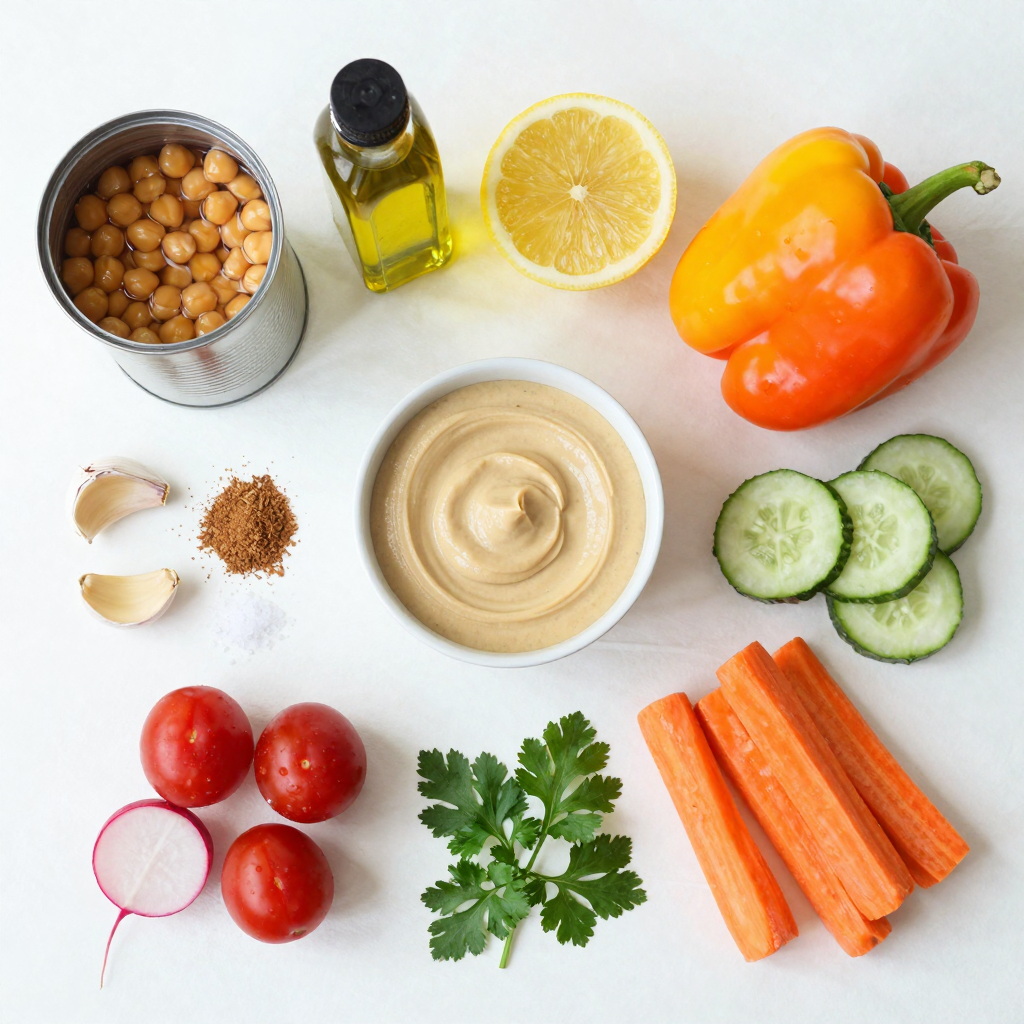
Step-by-Step Instructions
Detailed process for making homemade hummus
To make hummus, start by gathering your ingredients. You need chickpeas, tahini, olive oil, lemon juice, garlic, cumin, salt, and water. Place all these ingredients in a food processor. Blend until the mixture is smooth. If it feels too thick, slowly add water. Keep blending until you reach your desired consistency. Taste your hummus and adjust the salt and lemon juice if needed. Once it’s perfect, transfer the hummus to a bowl. You can smooth the top with a spatula. For a little flair, drizzle some olive oil over the top.
Tips for achieving the best texture and flavor
The key to great hummus is in the blending. Make sure to blend long enough to get that creamy texture. If you want it silkier, try peeling the chickpeas before blending. This step takes a bit of time but makes a big difference. Use fresh lemon juice for the best flavor. You can also add a pinch of paprika or cumin on top for extra taste and color. For a unique twist, try adding roasted garlic or red pepper.
Arrangement tips for serving the veggie platter
When serving your veggie platter, focus on colors and shapes. Use a large, colorful platter to make it pop. Slice the bell pepper, cucumber, and carrot into eye-catching shapes. Arrange them around the hummus bowl. You can create a rainbow effect with cherry tomatoes, radishes, and herbs. Place each veggie in groups for a neat look. Remember, presentation is key! A well-arranged platter not only looks good but also makes it more tempting to eat. For a fun touch, consider small bowls for different dips.
Pro Tips
- Adjust Consistency: If your hummus is too thick, add water gradually until you reach your preferred creaminess.
- Flavor Boost: Enhance the flavor of your hummus by roasting the garlic before blending for a sweeter, milder taste.
- Vegetable Variety: Use a mix of colorful vegetables to make your platter visually appealing and to add different textures.
- Herb Garnish: Fresh herbs like parsley or cilantro not only add color but also elevate the flavor profile of your hummus.
Tips & Tricks
Common mistakes to avoid when making hummus
One common mistake is not rinsing the chickpeas. Rinsing helps remove the can’s liquid, which can taste salty. Another mistake is adding too much water at once. Start with a little water and blend until smooth. If you skip tasting, you may miss adding enough salt or lemon juice. Blend well after each addition to ensure a balanced flavor.
Best practices for prepping vegetables
For the best veggie platter, wash all your veggies well. Cut them into uniform sizes for even cooking and easier dipping. For carrots, cut them into sticks that are not too thick. For cucumbers, slice them into rounds. Cherry tomatoes should be halved for easy eating. Use a mix of colors to make your platter pop.
How to enhance flavor and presentation
Enhancing flavor is simple. Try adding spices like paprika or za’atar on top of the hummus. A drizzle of olive oil adds richness and shine. For presentation, use a colorful platter. Arrange veggies in a circular design or in rows for fun. Place small bowls of hummus around the platter for easy access.
Variations
Flavor variations for hummus
Hummus is fun to change up. You can easily make different flavors! Try adding roasted garlic for a warm taste. Just roast a few garlic cloves until soft and blend them into the hummus. You can also add roasted red peppers for a sweet and smoky flavor. Simply blend in some jarred or homemade roasted red peppers. Other ideas include adding sun-dried tomatoes, olives, or even fresh herbs like basil. Each change gives your hummus a new twist.
Alternative vegetables and dippers
While carrots and cucumbers are classic choices, feel free to get creative! Try using colorful bell peppers, radishes, and cherry tomatoes. You can also use snap peas or broccoli florets for a crunchy dipper. For a fun twist, serve pita chips, whole-grain crackers, or even toasted baguette slices alongside your hummus. These alternatives add variety and make your platter look vibrant and inviting.
Suggestions for adding proteins or other dips
Want to make your platter even heartier? Add proteins! Grilled chicken, shrimp, or chickpea salad can elevate your meal. You might also consider adding other dips. Baba ganoush, tzatziki, or a yogurt-based dip can pair well with hummus. This way, you can cater to different tastes and make your meal more filling.
Storage Info
How to store homemade hummus
To store homemade hummus, place it in an airtight container. This keeps it fresh. You can add a thin layer of olive oil on top. This helps seal in moisture. Store it in the fridge right away. It will stay good for about one week.
Tips for keeping veggies fresh and crisp
To keep your veggies fresh, wrap them in damp paper towels. Place them in a plastic bag or container. This keeps the moisture in and prevents wilting. Store them in the fridge, away from fruits. Fruits release ethylene gas, which can spoil veggies faster.
The shelf life of hummus and veggies
Hummus lasts about seven days in the fridge. If you see any mold, discard it right away. Cut veggies stay fresh for three to five days. After that, they may lose crunchiness and flavor. Always check for signs of spoilage before eating.
FAQs
How long can you keep hummus in the fridge?
You can keep hummus in the fridge for about five to seven days. Make sure to store it in an airtight container. This keeps it fresh and tasty for you. If you notice any changes in color or smell, it’s best to toss it out.
Can you freeze hummus?
Yes, you can freeze hummus! It freezes well for up to four months. Use a freezer-safe container and leave some space at the top. This space allows the hummus to expand as it freezes. When you’re ready to eat it, thaw it in the fridge overnight. Stir well before serving to regain its creamy texture.
What’s the best type of veggie for a platter?
The best veggies for a platter are colorful and crunchy. Here are some great choices:
– Bell peppers (red, yellow, or orange)
– Carrots
– Cucumbers
– Cherry tomatoes
– Radishes
These veggies not only look nice but also add great flavor and texture.
Where to buy pre-made hummus and veggie platters?
You can find pre-made hummus and veggie platters at many grocery stores. Look in the deli section or the refrigerated aisle. Stores like Trader Joe’s, Whole Foods, and local markets often have tasty options. You can also order from catering services for larger gatherings.
Making hummus at home is easy and fun. You learned about ingredients, steps, and tips. Pairing fresh veggies boosts both flavor and health. Don’t forget to try different flavors and dips! Storing your hummus and veggies right keeps them fresh longer.
With these tricks, you can impress anyone. Enjoy creating your hummus platter and sharing it with friends and family. Trust me, it’s worth it! Your next gathering will be a hit.
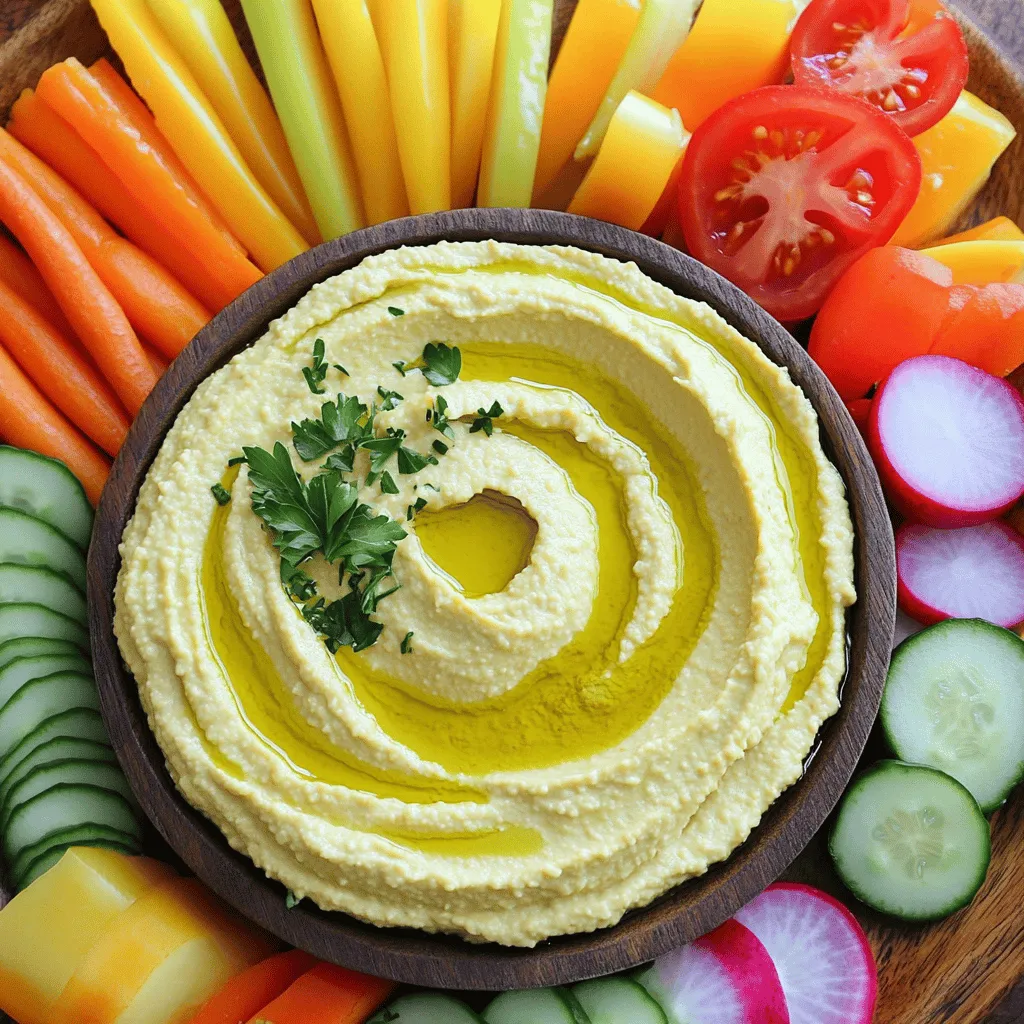
.png)
